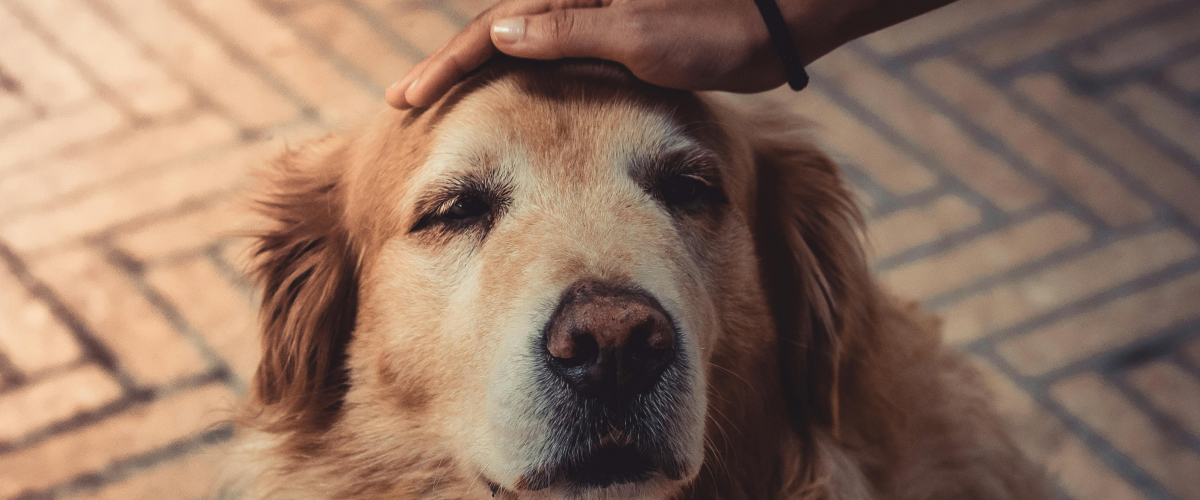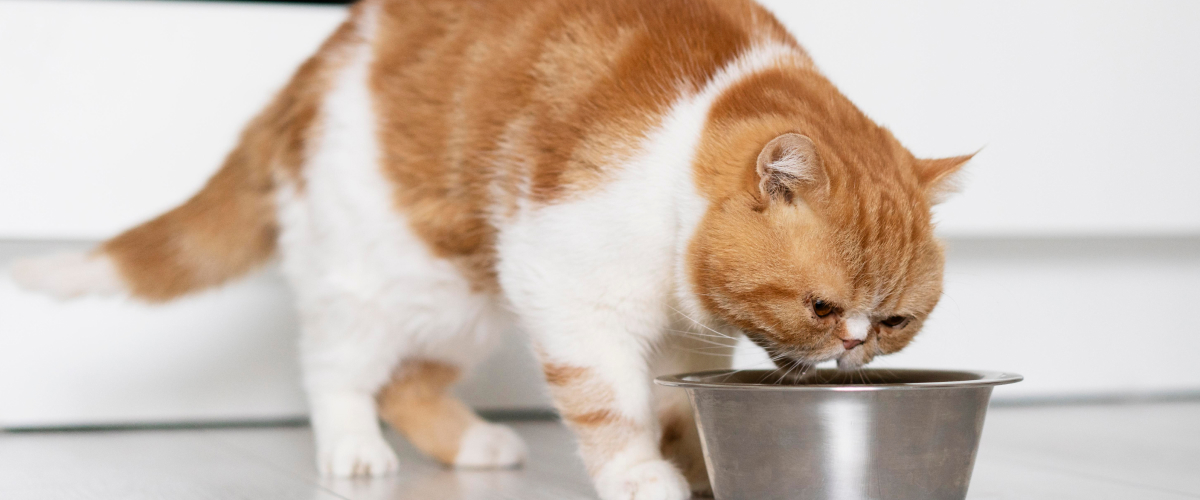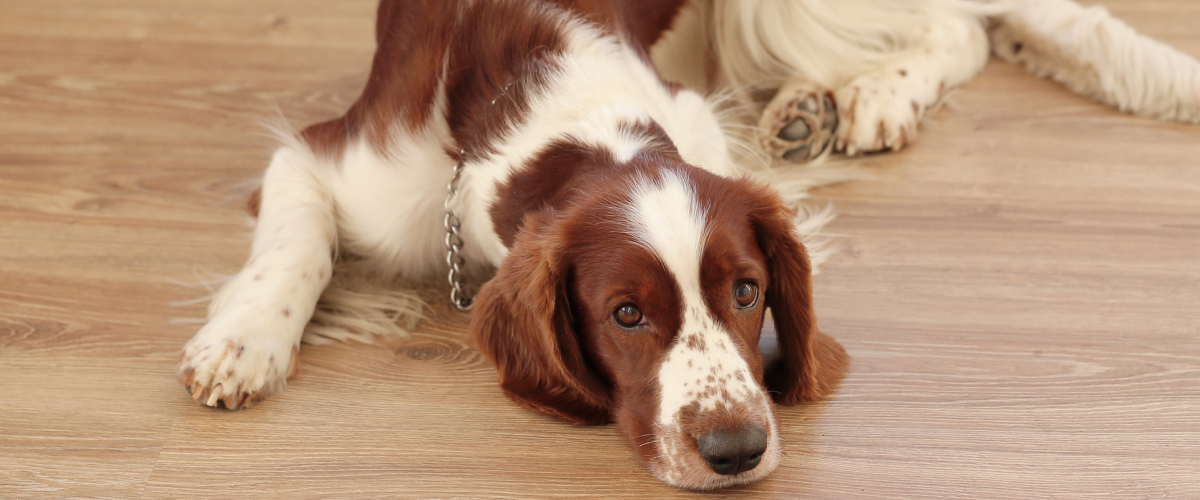As our pets age, they become cherished companions who have shared years of love and loyalty. Senior pets may slow down physically, but their love and devotion only grow deeper with time. While their needs change, there’s still plenty you can do to ensure their golden years are filled with joy and meaningful experiences. Creating a bucket list for your senior pet can help you celebrate their life and make unforgettable memories during these precious final chapters.
Here’s a guide to some thoughtful and fun activities to include in a bucket list for your senior pet.
1. A Special Day Outing to Their Favorite Spot
Over the years, your senior pet likely has a favorite park, beach, or hiking trail where you’ve shared countless walks and adventures. Plan a special outing to this beloved spot, allowing your pet to take in the familiar sights, smells, and sounds. Whether it’s a gentle walk or a slow exploration of the area, this will bring comfort and joy to your pet while creating lasting memories for you.
2. Pamper Them with a Spa Day
Senior pets often benefit from a little extra care and relaxation. Treat your aging furry friend to a spa day at a pet-friendly grooming salon, or set up a relaxing session at home. A warm bath, gentle massage, and a fresh trim can do wonders for their well-being. For arthritic pets, a soothing massage may also help relieve joint pain and stiffness.
3. Create a Pet-Friendly Feast
Why not spoil your senior pet with a special meal catered to their favorite flavors and dietary needs? Create a homemade dish with pet-safe ingredients, like grilled chicken, pumpkin, or sweet potatoes. For pets with special dietary restrictions, consult with your vet to ensure the feast is safe and enjoyable. Serve it on a beautifully decorated plate to make them feel extra special. This can be a wonderful bonding moment and a way to treat them to something outside of their normal routine.
4. Have a Cozy Movie Night Together
Senior pets, especially dogs and cats, often enjoy quiet, relaxed moments spent with their owners. Create a cozy space with soft blankets and pillows, and snuggle up for a movie night featuring animal-themed films or shows. The calming environment will make your pet feel safe, and the close contact will strengthen the bond between you both.
5. A Professional Photo Shoot
Capture the unique personality of your senior pet with a professional photo shoot. Many photographers specialize in pet photography and can help you immortalize these precious years with stunning portraits. Whether in a favorite outdoor location or the comfort of home, this experience can be fun for your pet and provide you with beautiful keepsakes to cherish forever.
6. Organize a Playdate or Reunion with Old Friends
If your pet has had playmates over the years, organizing a reunion or playdate can be a lovely experience. Even senior pets enjoy social interaction, and reuniting with old friends can bring out their playful side. Keep it low-key and ensure the interaction is gentle to accommodate any physical limitations.
7. Take Them on a Car Ride Adventure
Many pets love the excitement of a car ride, especially dogs who enjoy sticking their heads out the window to feel the breeze. For your senior pet, plan a comfortable car ride through scenic areas where they can safely enjoy the view. For cats or pets with mobility issues, make sure they have a cozy spot to rest in the car while still being able to take in the surroundings.
8. Explore New Sensory Experiences
As pets age, they might not be as physically active, but they still enjoy mental stimulation. Introduce new sensory experiences like letting them explore new scents, textures, and sounds. Create a “sensory garden” where they can safely sniff plants, feel different surfaces, and enjoy the outdoors at their own pace. Engaging their senses is a great way to keep them mentally active and content.
9. Craft a Memory Book or Scrapbook
As your pet’s journey with you continues, consider creating a memory book or scrapbook filled with photos, stories, and mementos from your time together. You can include everything from puppy or kitten days to senior years. Involve your pet in the process by sitting with them as you go through old pictures. This reflective activity not only serves as a way to honor your pet’s life but also brings comfort and joy to both of you.
10. Give Them Extra Cuddles and Attention
Sometimes, the simplest things are the most meaningful. Senior pets often crave more physical closeness and affection. Spend extra time cuddling, petting, or simply sitting near them. These quiet, loving moments are some of the most cherished memories you’ll carry with you. Every day becomes a gift, and your senior pet will feel reassured by your presence.
11. Take a Short Vacation or Staycation Together
If your senior pet is up for it, plan a short vacation or a pet-friendly staycation. Choose a quiet, pet-friendly destination where they can relax and explore at a comfortable pace. Whether it’s a cabin in the woods, a cottage by the lake, or just an overnight stay at a cozy hotel, it will be a memorable experience for both of you.
12. Indulge in Their Favorite Treats
Senior pets deserve a few indulgences, especially if they’ve been on strict diets most of their lives. Treat them to their favorite snacks—within reason—and consider trying new, healthy pet treats that are suitable for their age and dietary needs. This simple act can bring a lot of joy to your pet, especially if you make it part of a special bonding moment.
13. Ensure Comfort with a Cozy Bed or Special Space
As pets age, they need more comfort. Consider upgrading their bed to one with orthopedic support, which can help ease joint pain and provide better rest. You can also create a designated “senior pet space” in your home, filled with soft bedding, favorite toys, and a place where they feel safe and comfortable. This becomes their sanctuary, where they can relax and enjoy peaceful moments.
Conclusion
Your senior pet has given you years of loyalty, joy, and love. As they reach their twilight years, it’s only natural to want to give them the best experiences possible in return. A bucket list filled with thoughtful activities can help you celebrate their life and create lasting memories that you’ll cherish forever. Whether it’s a special day out, a cozy night in, or a delicious homemade treat, each moment spent with your senior pet is a way to show them how much they mean to you.
So take the time to slow down, savor these golden years, and make every day a special one for your beloved companion.










